The Role of Sports in our Soceity | (Sat 11 May 2024 05:30)
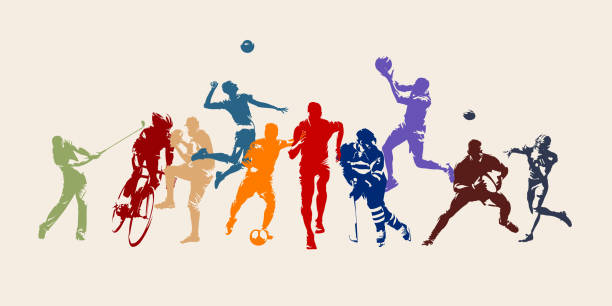
Sports play a significant role in shaping not just the physical well-being of individuals but also the social, economic, and cultural fabric of any society. In India, sports have evolved beyond recreation to become a key driver of national identity, economic growth, and social cohesion. Despite challenges, India has made substantial strides in various sporting fields, and sports continue to influence the lives of millions of Indians.
1. Sports as a Medium for Health and Fitness
Sports provide numerous health benefits, and with India facing an increasing burden of lifestyle-related diseases like diabetes, heart disease, and obesity, participation in sports is more important than ever. Engaging in sports can help mitigate these issues by improving cardiovascular health, enhancing strength and flexibility, and boosting mental health.
- Prevalence of Physical Inactivity: According to the World Health Organization (WHO), about 50% of Indian adults do not meet the recommended levels of physical activity. Encouraging sports at all levels; from schoolchildren to adults;
can play a pivotal role in combating this health crisis.
- National Programs: The government of India has launched initiatives such as the “Khelo India” program, which aims to promote grassroots sports and encourage children and youth to participate in physical activities.
2. Sports as a Social Unifier
India is a diverse country, home to people from various ethnicities, languages, and cultures. Sports can act as a powerful tool for promoting social unity and fostering national pride. Events like cricket matches and the Indian Premier League (IPL) have brought millions together across regional, linguistic, and cultural boundaries.
- Cricket as a Unifying Force: Cricket in India transcends social barriers. The sport is arguably the most popular in the country, and iconic events like the ICC Cricket World Cup or the IPL capture the attention of diverse groups. Cricketers such as Sachin Tendulkar, M.S. Dhoni, and Virat Kohli have become national heroes, and their achievements foster a sense of collective pride.
- Promotion of Gender Equality: Sports also offer a platform for breaking gender barriers. Female athletes like Mary Kom, Saina Nehwal, P.V. Sindhu, and Mithali Raj have inspired countless young girls to pursue sports, challenging traditional norms about women’s roles in society.
3. Economic Impact of Sports
The sports industry in India has seen substantial growth in recent years. This includes professional sports leagues, media broadcasting, sponsorships, merchandise sales, and tourism related to major sporting events.
- Billion-Dollar Industry: The Indian sports industry is estimated to be worth approximately $6 billion and is growing rapidly. The growth of the IPL, Pro Kabaddi League, and other domestic leagues has transformed the landscape, attracting investments and creating jobs in various sectors such as sports management, broadcasting, and event organization.
- Tourism and Infrastructure: Hosting international events like the Commonwealth Games (2010) and the Indian Premier League contributes to India’s tourism industry and infrastructure development. Cities benefit from improved sports facilities, transport, and other amenities.
4. Sports and Youth Empowerment
For the youth of India, sports offer a way to channel energy, develop discipline, and build character. Participation in sports equips young people with life skills such as teamwork, leadership, resilience, and goal-setting. It also offers opportunities for scholarships and professional careers.
- Educational Institutions: Many universities and schools in India are incorporating sports as part of their curriculum to promote holistic development. Moreover, several scholarships and grants are available to talented athletes, enabling them to pursue professional training without the financial burden.
- Increased Awareness: Grassroots initiatives such as the Khelo India Youth Games have allowed children from rural areas to showcase their talent, providing them with platforms for national recognition.
5. The Role of Government and Policy Initiatives
The Indian government has recognized the need to develop sports infrastructure and promote sporting excellence. Several key initiatives have been launched to improve India’s performance in international sports.
- National Sports Policy (2001): This policy aims to promote sports, develop sports infrastructure, and encourage youth participation. The *Khelo India* program, launched in 2018, is a key part of this effort, which focuses on promoting sports at the grassroots level.
- Sports Ministry's Role: The Ministry of Youth Affairs and Sports (MYAS) and other governmental bodies have implemented various schemes to identify and nurture talent from a young age. The government has also been working to improve facilities in smaller towns and rural areas, ensuring that talent is not limited to urban centers.
6. India's International Sporting Achievements
India's sporting profile has significantly improved on the global stage in recent years. While cricket continues to dominate, Indian athletes in other sports have also made their mark at international competitions.
- Olympic and Commonwealth Games Success: India has been steadily improving its medal tally at the Olympic Games. The country’s performance at the 2020 Tokyo Olympics, where it won 7 medals, including a historic gold in javelin throw by Neeraj Chopra, is testament to the progress being made in non-cricketing sports. India’s performance at the Commonwealth Games has also been consistently strong, with athletes excelling in wrestling, badminton, boxing, and athletics.
- Rise in Non-Cricketing Sports: Sports such as badminton, wrestling, and boxing have seen a significant rise in popularity and success. Athletes like P.V. Sindhu, Bajrang Punia, and Mirabai Chanu have become national icons.
7. Challenges in Indian Sports
Despite the progress, there are still several challenges to the development of sports in India:
- Lack of Infrastructure: In many parts of the country, sports infrastructure remains underdeveloped, especially in rural areas. There is a lack of professional-grade sports facilities, equipment, and coaching.
- Bias Towards Cricket: While cricket enjoys enormous popularity and resources, other sports often struggle to get the attention they deserve. Lesser-known sports like archery, kabaddi, and hockey often face funding and exposure issues.
- Limited Grassroots Development: While programs like *Khelo India* have created opportunities for young talent, the reach and depth of such initiatives still need to be expanded to cover more regions, especially underprivileged areas.
The Conclusion
Sports in India serve as more than just a form of entertainment or physical exercise; they are an essential element of national culture and a vehicle for social, economic, and individual development. While challenges remain, the potential for sports to bring about positive change in Indian society is immense. As the country continues to focus on nurturing talent, improving infrastructure, and promoting inclusivity, sports can play an even greater role in shaping a healthier, more cohesive, and globally competitive India.
As the world looks to India as an emerging sports powerhouse, the continued investment in and prioritization of sports will undoubtedly yield long-term benefits for the nation's citizens and its standing on the global stage.

Physics, Chemistry, Biology and Geography.

Computer Programming, languages & their frameworks.
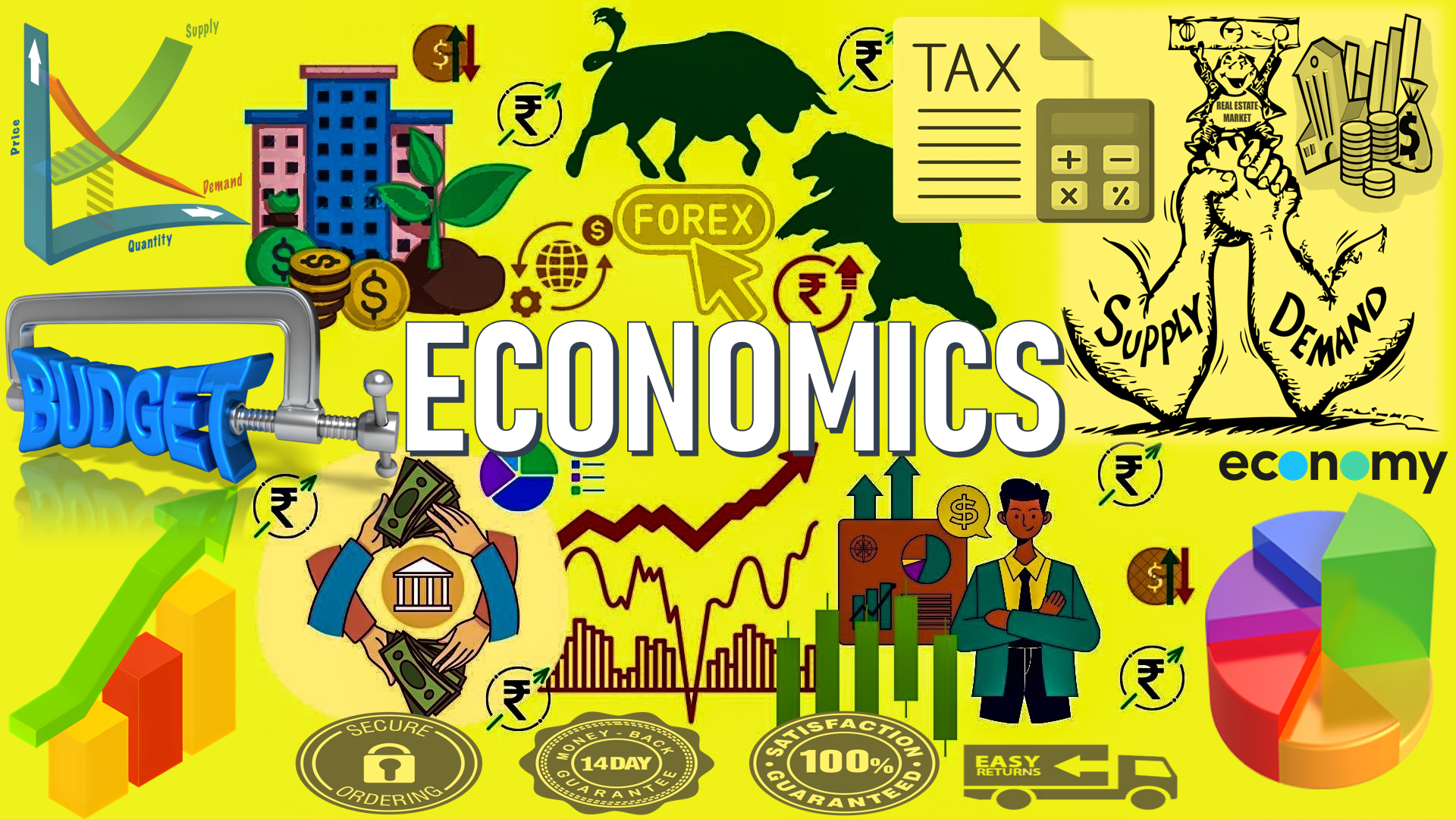
Economics, Accounts and Management.

Reviewing old and new books.

Ancient, Medieval, Modern, World History.
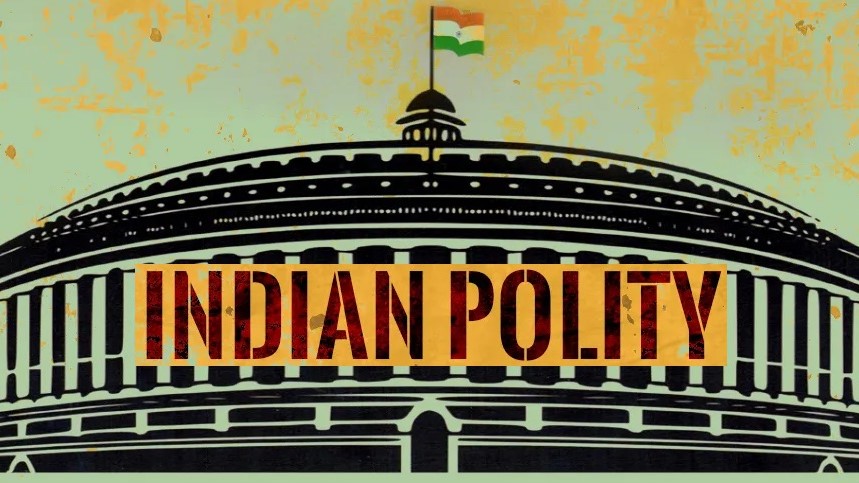
Indian Constitution, Politics, Policies, etc.
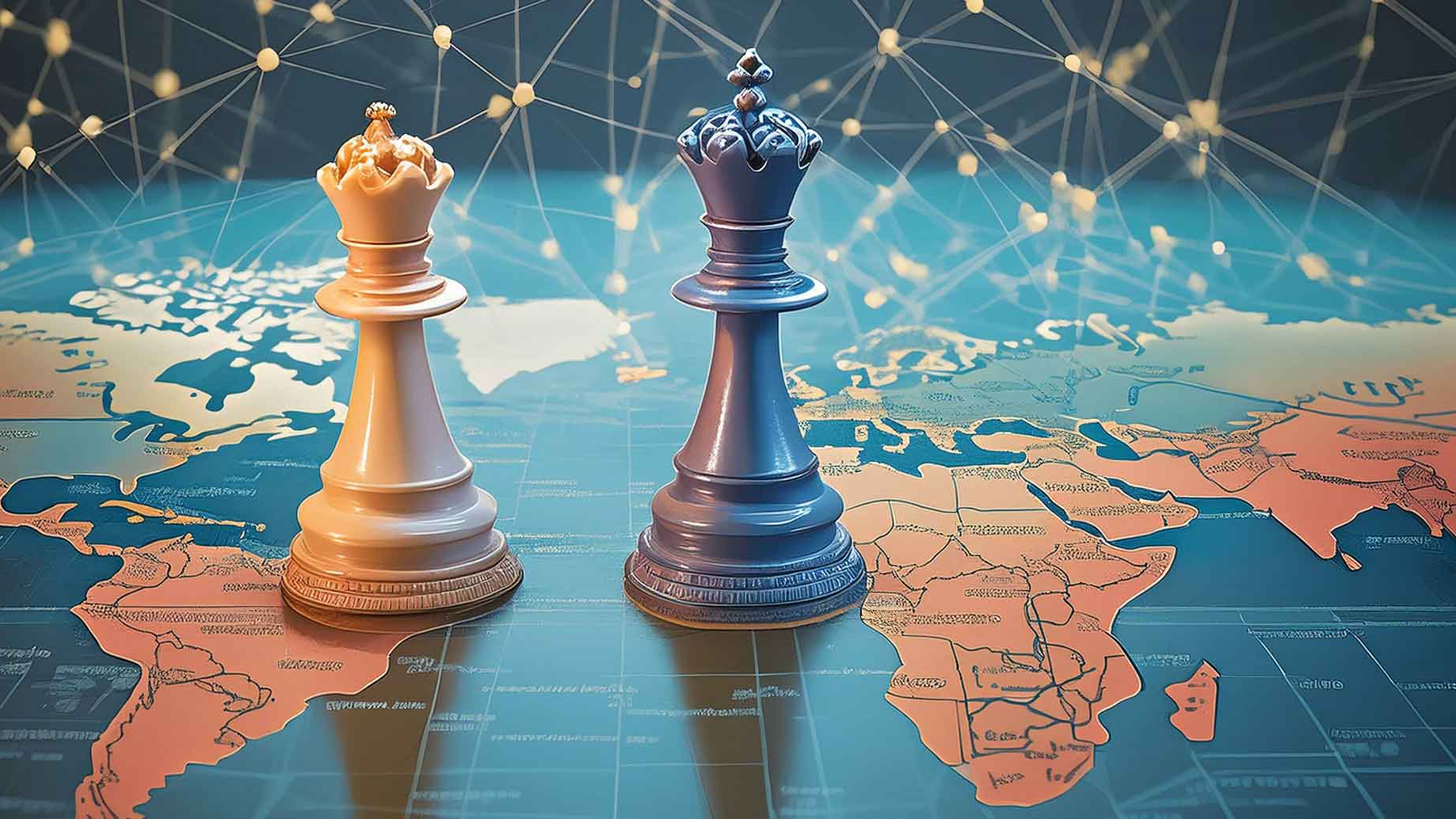
Everything related to International Affairs.

For all humanities topics, except History & Polity.

Anything related to entertainment industry.
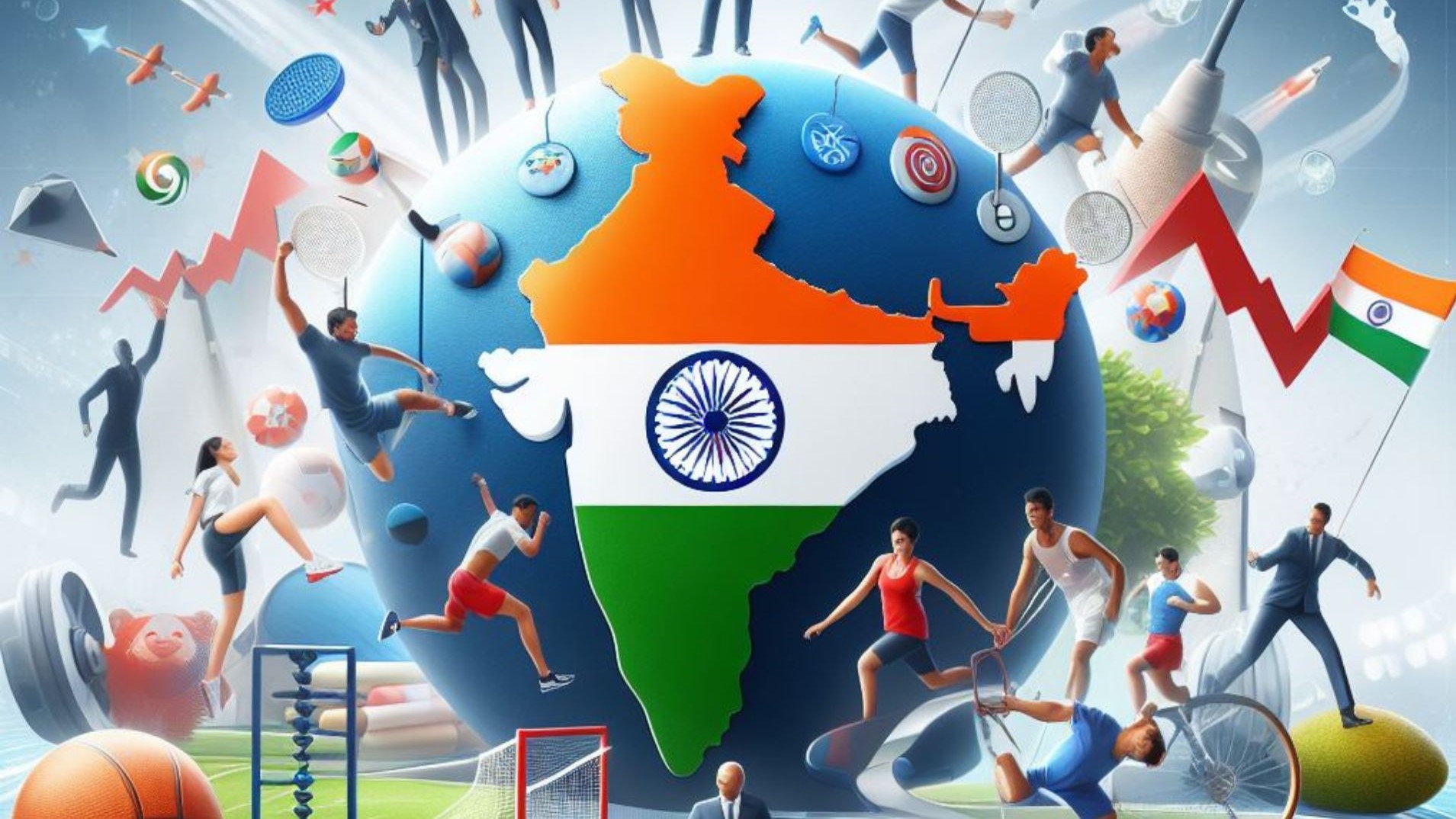
Mainly Cricket but other sports too.

CS, IT, Services & Corporate Sector.
Comments
No comments yet. Be the first to comment!
Leave a Comment